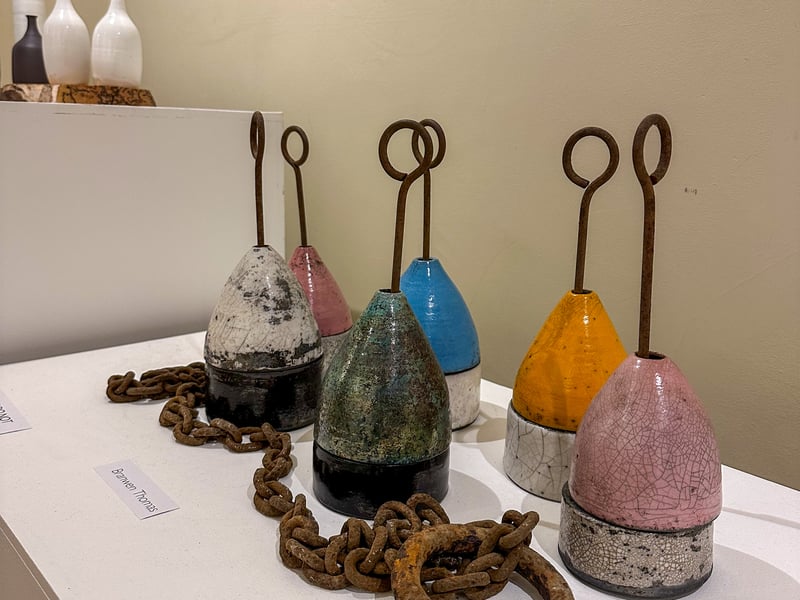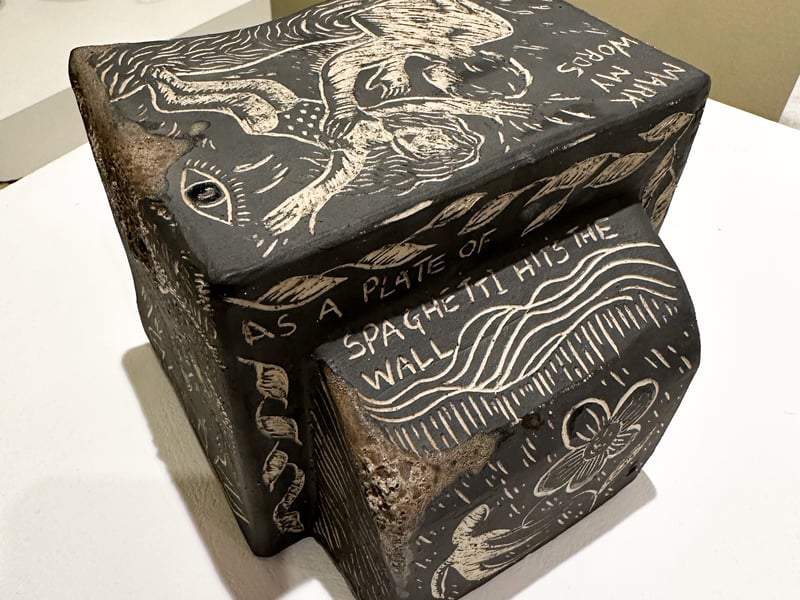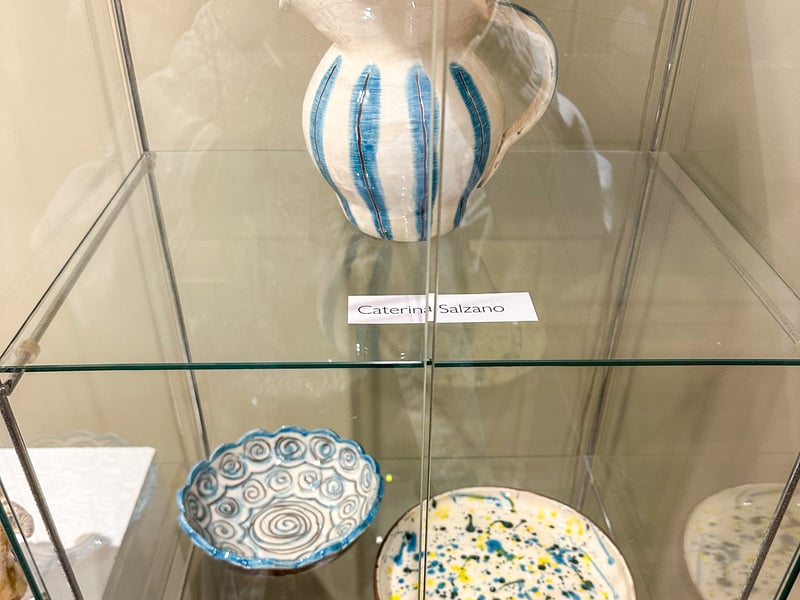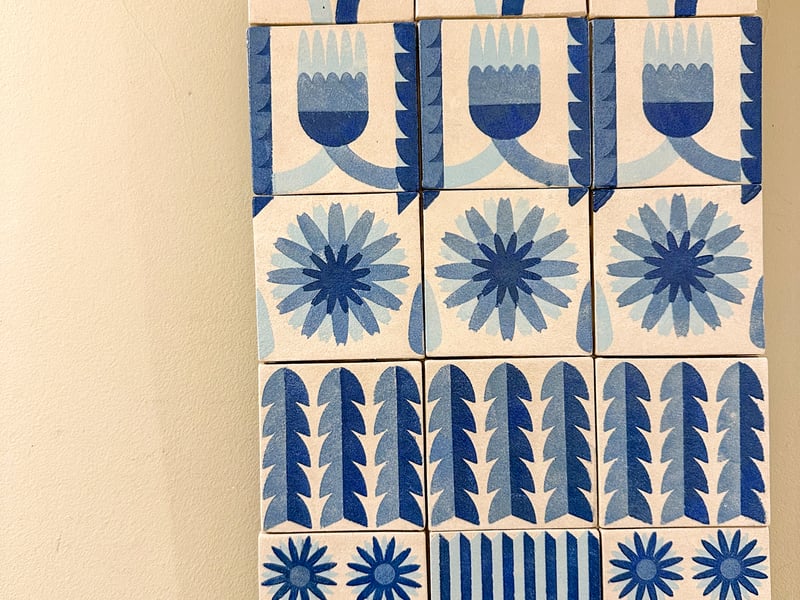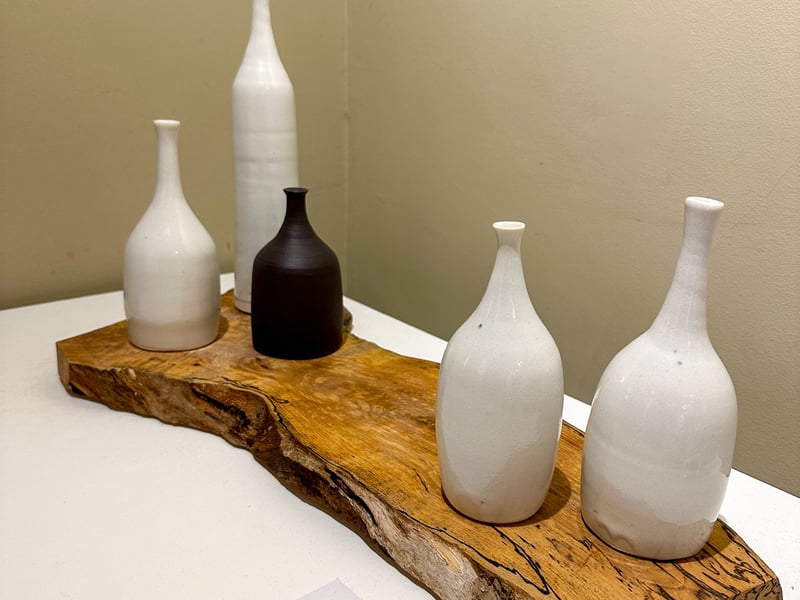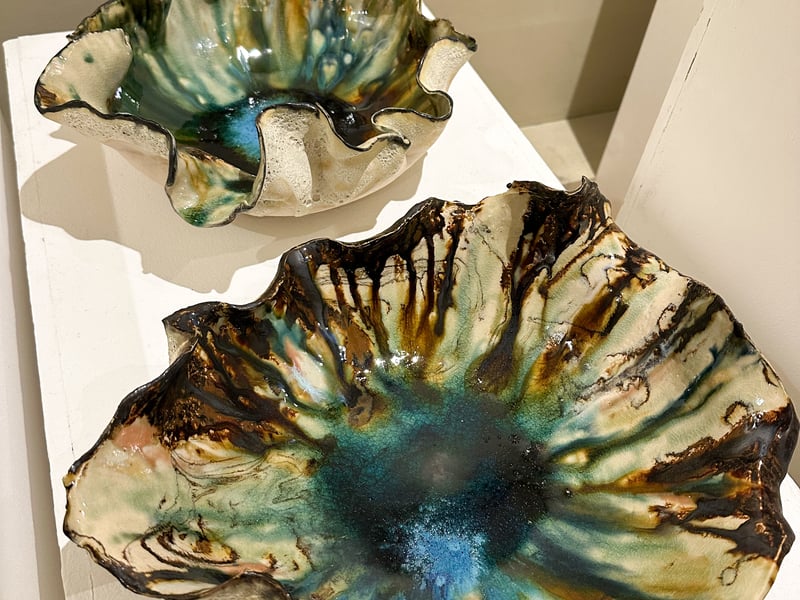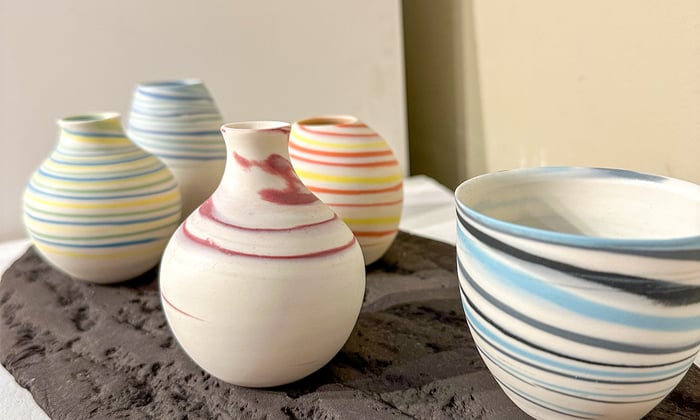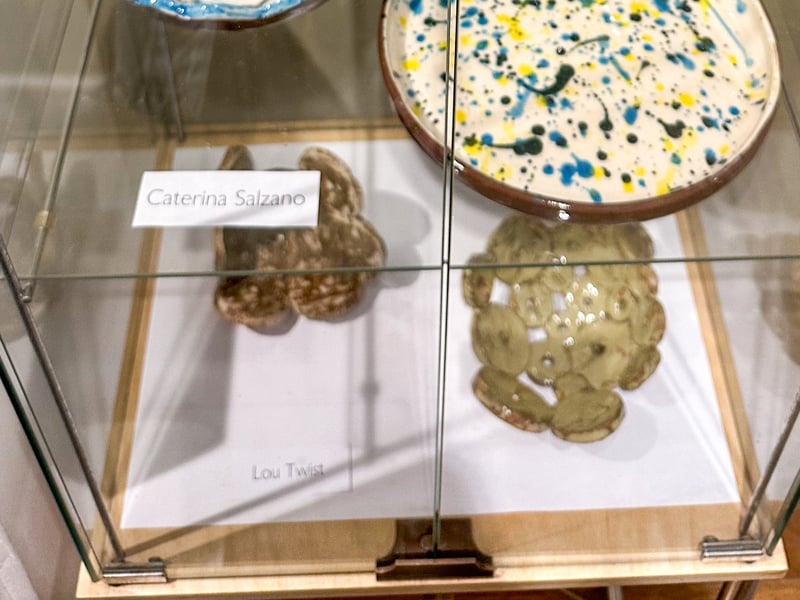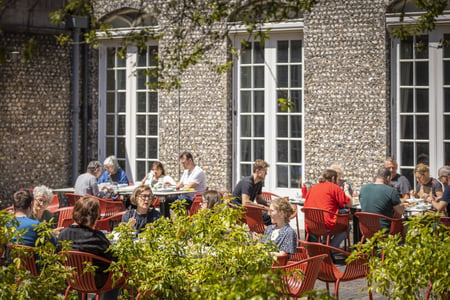Artist Statement: Jane Colquhoun
I am a multi-disciplinary artist, interested in the materiality of both clay and cloth, where I explore the connections with human character and expression.
"The human face is the most deeply ingrained image in our brains. It is the two dots and a dash we connect with as babies. It is the focus of our attention in our relationships with each other. The face and the human figure express all we are." Dave McKean
My handbuilt ceramic heads evoke memories of various playthings drawing inspiration from diverse sources such as dolls, masks or puppets, Staffordshire figures or folk art. They may lapse into the comical, grotesque or minimal, depending on what influences I am processing as I work: a particular mood, an aspect of my textile practice, or an object in my studio.
I work as spontaneously and as playfully as I can, allowing ideas to develop through open ended free association with materials, objects and imagery, using a combination of techniques from slabbing, colling, moulding and throwing, applying the same unrestrictive attitude to decoration.
